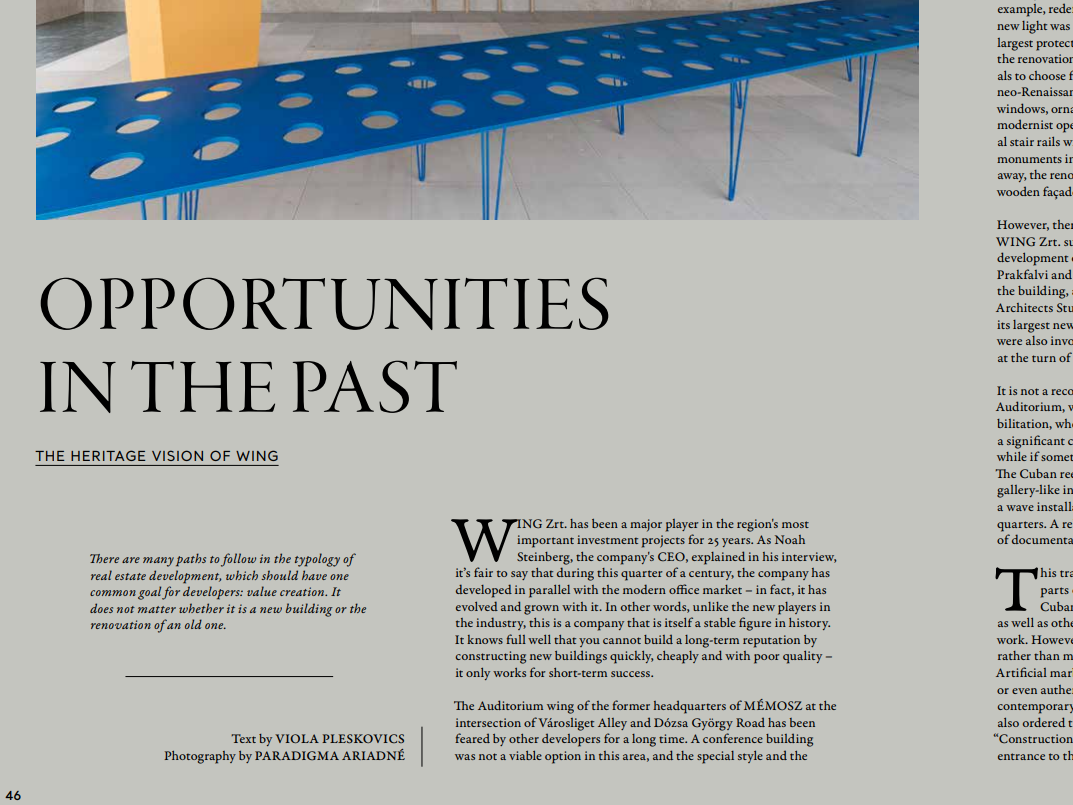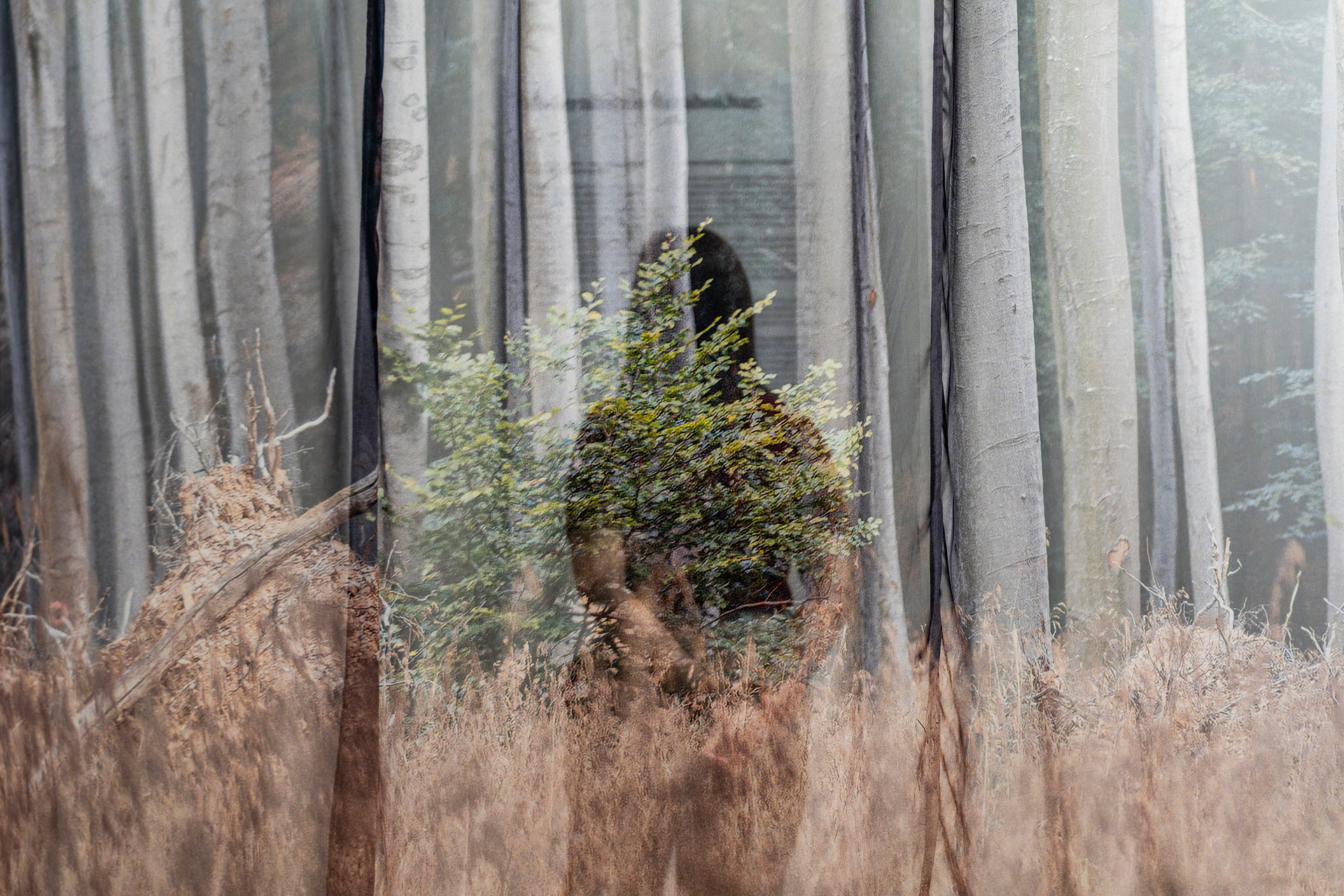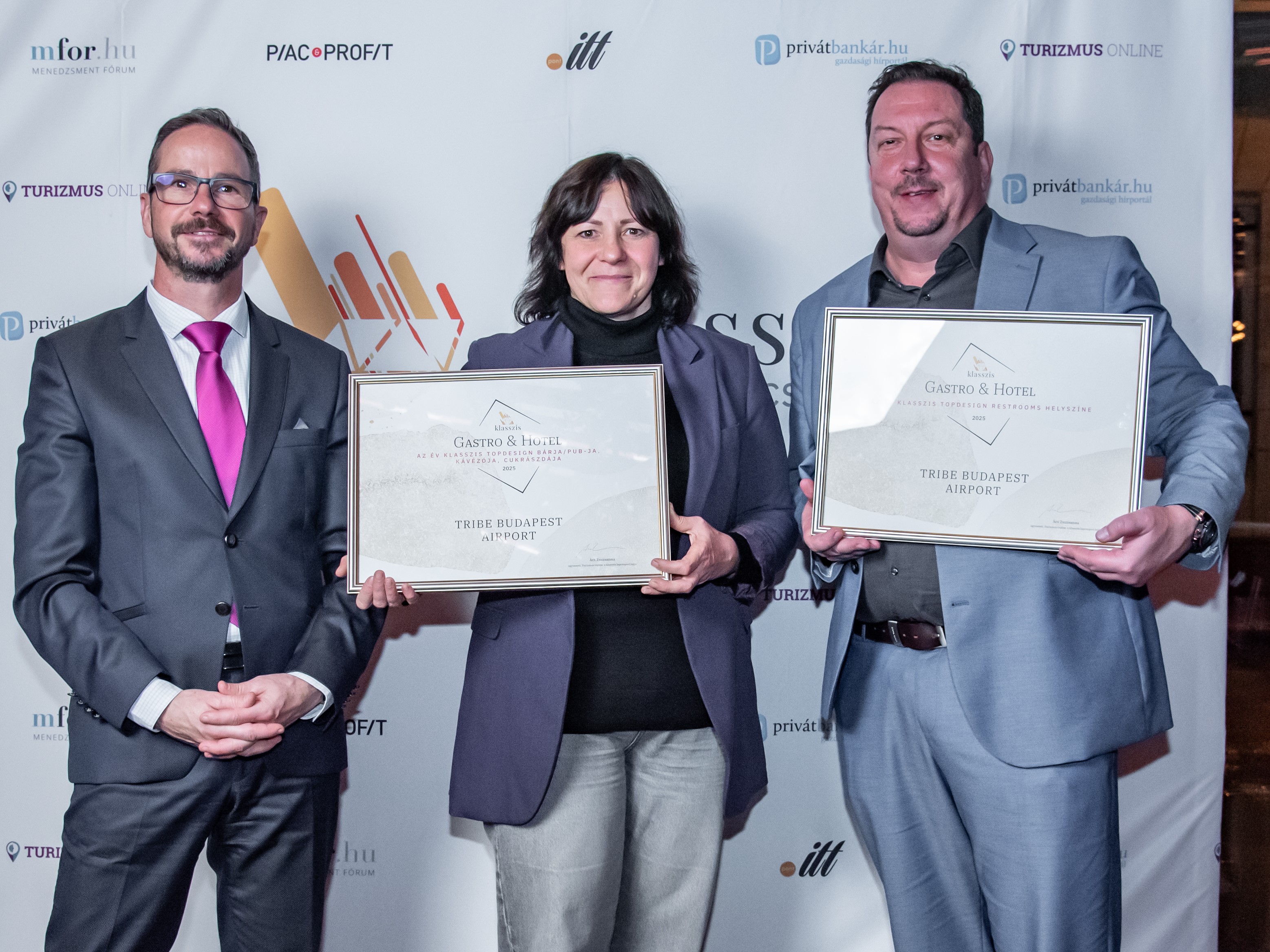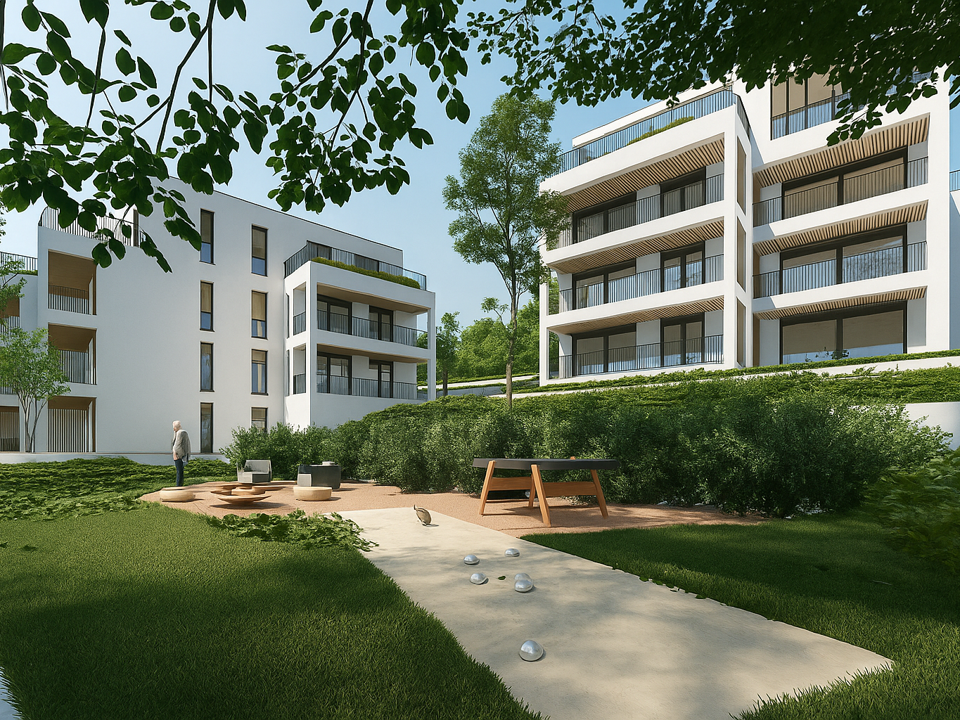Opportunities in the past - The heritage vision of WING
2025-07-16
There are many paths to follow in the typology of real estate development, which should have one common goal for developers: value creation. It does not matter whether it is a new building or the renovation of an old one.
WING Zrt. has been a major player in the region's most important investment projects for 25 years. As Noah Steinberg, the company's CEO, explained in his interview, it’s fair to say that during this quarter of a century, the company has developed in parallel with the modern office market – in fact, it has evolved and grown with it. In other words, unlike the new players in the industry, this is a company that is itself a stable figure in history. It knows full well that you cannot build a long-term reputation by constructing new buildings quickly, cheaply and with poor quality – it only works for short-term success.
The Auditorium wing of the former headquarters of MÉMOSZ at the intersection of Városliget Alley and Dózsa György Road has been feared by other developers for a long time. A conference building was not a viable option in this area, and the special style and the requirements for the preservation of historical monuments tended to make investors turn their heads. WING Zrt. was the only one to see an opportunity in these "handicaps". Rather than being a drawback, they saw a treasure in a building with a difficult history and a unique approach to solving the problem, in a remarkably valuable area.
The company's mission to create value goes back a long way. It is best known for its green investments, while one of its most famous projects, the Máriássy House, was born from the rehabilitation of the old calf market building. This work remains one of the most famous contemporary and historical fusion projects in the history of Budapest. They are also known for their work to save the Agria Park at the water tower of the former tobacco factory in Eger, and are currently transforming the imposing historicizing block at 66 Andrássy Avenue into a premium hotel. Their portfolio also includes the award-winning Gizella Loft, a conversion of a former telephone factory, as well as some specifically modern developments.
The Liget Center's location is unparalleled, with its proximity to the Alley district and the numerous public transportation hubs of Dózsa György Road. In addition, the Városliget itself has repositioned itself in recent years, with the establishment of the Ethnographic Museum, for example, redefining the area. But the use of this neighbor waiting for a new light was also interesting news for the public, because Budapest's largest protected building stock consists of historicizing palaces, for the renovation of which investors now have a wide range of professionals to choose from. The local industry is more adept at reconstructing neo-Renaissance and neo-Baroque plaster architecture, transom windows, ornate ironwork, chimneys and chimney profiles than it is at modernist openwork staircases, metal profile strip windows or metal stair rails with streamlined designs. The renovation of modernist monuments in Hungary is not yet routine – a few years ago, not far away, the renovation of Rózsi Walter Villa on Bajza Street, also with a wooden façade, was seen as a surprising challenge by local contractors.
However, there can be no progress without pioneers, which is why WING Zrt. surrounded itself with the most renowned experts in the development of the concept. Former researchers Virág Hajdú, Endre Prakfalvi and Zoltán Fehérvári were asked to study the values of the building, and the general designer was none other than TIBA Architects Studio, which had already worked with the client on one of its largest new buildings, the Telekom Campus, and whose architects were also involved in the renovation of the Dózsa György Road wing at the turn of the millennium.
It is not a reconstruction, as the building's main function space, the Auditorium, was demolished. Rather, it is the genre of building rehabilitation, where all the qualitative heritage values are preserved with a significant change of function. However, demolition is only worthwhile if something of equal value replaces the removed monument. The Cuban reed clad auditorium was replaced with an impressive gallery-like interior, a rich ambience with subtle interior design, and a wave installation that mirrors Frank Lloyd Wright Johnson's headquarters. A reborn interior monument to the future, equally worthy of documentation, replaced the past.
This transformation saved the building and allowed other parts of its architectural history to come to life. The so-called Cuban reed can be found throughout the Auditorium block, as well as other detailed reconstructions, stairs, windows and ironwork. However, István Tar's precious deep relief has been restored rather than mechanically reconstructed, which is a special pleasure. Artificial marble surfaces, V-shaped consoles, artificial stone facings or even authentic lampshade constructions are mixed with a truly contemporary quality, and to crown the development, WING has also ordered the complete restoration of Dezső Lányi's statue of the “Construction Worker”, which will soon be reinstalled in front of the entrance to the Városliget Alley after its restoration. The Group has crowned this work of value creation with a pop-up exhibition on the history of architecture, created in cooperation with Art is Business and the Paradigma Ariadné architectural firm. The exhibition presents the house, its artistic values, its architectural achievements, and the different periods and eras it has spanned, from a unique perspective and in an exciting setting. Its conceptual premise is that modern architecture is not far removed from historical architecture. One of the most touching and important elements is the partial presentation of the fine art collection of Ferenc Szűcs, the former economic director of the company, whose significant pieces contribute to a deeper understanding of the historical context of architecture.
WING was no stranger to value preservation before, but the transformation of the Liget Center took it to a new level: it also initiated a qualitative practice of recycling modernist buildings.






